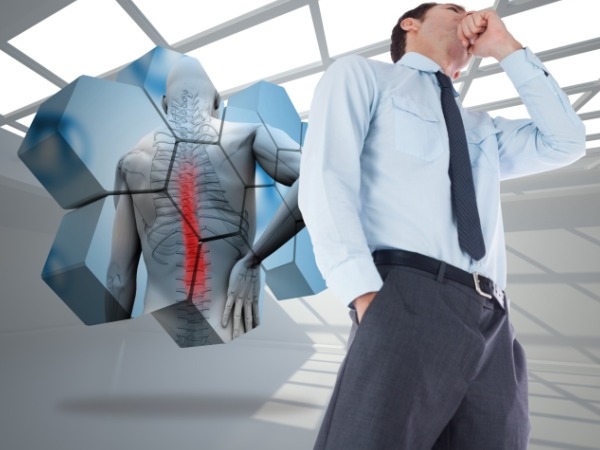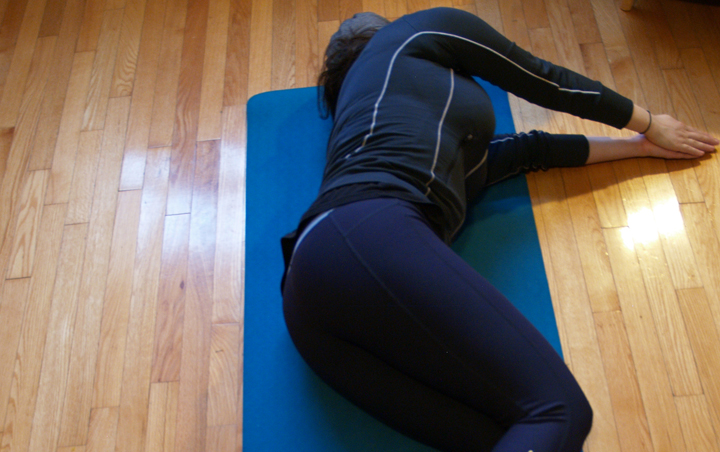

Furthermore, univariate analyses based on back surface examinations reported inconclusive results for low back pain-associated spine shape parameters, although reliability of those methods was proved. A limited reliability of radiographic examinations, intraindividual variations in repeated measurements as well as multifactorial and individual influences on the sagittal spinal alignment should be taken into account while judging those results. However, controversy exists on this potential association, and-despite clinical relevance-specific X-ray patterns between acute and chronic low back pain patients could not be identified for the lumbosacral transition. Some radiological findings in adults confirmed a flatter lumbar lordosis to be associated with chronic low back pain. When the most predictive factor for the development of low back pain-earlier back pain periods-could be controlled statistically, a flatter lumbar lordosis angle could be identified as a risk factor mathematical modeling studies reported a tendency for a flatter lordosis angle in chronic low back pain patients, too. Especially, frontal plane spinal asymmetries were identified to be a risk factor for low back pain syndromes. If placed at the right height and position, a standing desk can ensure better body posture and reduce stress on the lower back.In the past, beside psychosocial components and physical activity items, also anthropometric factors could be established to be influencing factors for the development of low back pain. Standing desks have become more popular in recent years and for good reason. Get up at least every hour, walking and stretching to get your muscles and circulation moving. Even if you buy a top-of-the-line ergonomic desk chair, you are not meant to be sitting on it-or any other chair-for eight hours straight. Prioritize posture over fashion and change into a comfortable pair of flat shoes while sitting at your desk. You are not doing this if you are wearing high heels or platform shoes. You need to keep your feet flat on the floor while sitting. If your hips or legs are tiring prematurely, it is either because you're not sitting correctly or you're sitting in the wrong chair. Crossing your legs not only places stress on the opposite hip, thigh, and knee but will also wear you out faster. If it is too high, you can raise the height of your chair and place a footrest under your feet to keep them flat.

If your computer is too low, place a book underneath it. You need your computer at eye level where you can maintain the proper head and shoulder alignment. There is no point in sitting straight if your computer is either too high or too low. They may eventually flatten and offer little support. Soft cushions allow you to shift from one hip to the next, often without realizing it. If you sit on a cushion or use one to bolster your back or hips, don't go too soft. Focus on key features like an adjustable seat height, lumbar support, and the correct seat depth (deeper if you are tall and shallower if you are short). You don't need all the bells and whistles for a desk chair to be good. For example, if you tend to slump, place a pillow behind your lower back for support. You can often use a rolled-up towel or cushion to compensate for this.

If you feel any pain, it may be due to structural imbalances of the spine, pelvis, or hips. Your head should only be slightly tilted forward, with your ears aligned with your shoulders. Adjust your head so that the neck is aligned with the upper spine. We tend to tilt our heads too far forward while sitting. Your shoulders should be level and vertically aligned with your hips. If your shoulder blades are pulled back or your shoulders are either lifted or curled forward, relax them into a neutral position. There should be a slight spinal curve, and you should be able to slip your hand between your lower back and the back of the chair. Shift your body so that your sitting bones are directly under your pelvis rather than situated too far back (which stresses the lower back) or too far forward (which leads to slumping). Feel around with your hands to find them. Also known as the ischial tuberosity, these are two knobby bones on the underside of the pelvis. If your seat is too low, you may need to sit on a pillow to achieve the right knee position. Your knees should be at a 90-degree angle level with your hips. If your feet don't reach, place a book or other flat object underneath them. Your hips should be at a roughly 90-degree angle.


 0 kommentar(er)
0 kommentar(er)
